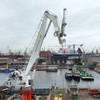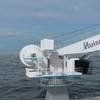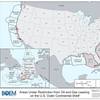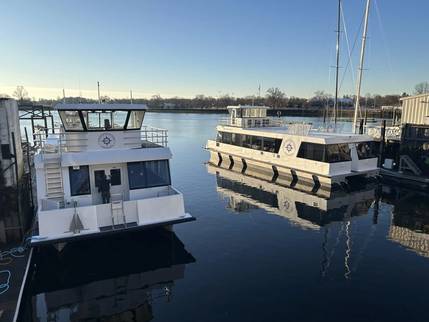Latest Ship Operating Cost Data
According to Drewery’s latest ship operating cost data, it’s a tough trading environment for vessel operators and the signs are that it will be difficult to keep a lid on escalating operating costs. Drewry has just published its latest annual analysis of ship operating costs, covering eight vessel sectors and over 35 different sizes of vessel plus detailed operating budgets for a range of oil tankers, chemical tankers, gas carriers, dry bulk vessels, container vessels, ro-ro, general cargo and reefer vessels; making it the most comprehensive survey of this crucial area of vessel management.
With major economies staggering to get back on their feet and emerging economies finding theirs, the trading environment for vessel operators has been extremely difficult. Operating costs have therefore taken on a greater significance in the pursuit of business survival, with repair and maintenance, personnel and administration – the softer targets - taking centre stage. If owners and operators timed their contract negotiations well, they will not have been hit by increased lube and steel prices. However, the less forward thinking or plain unlucky will in 2010 have experienced increases in repairs and maintenance (R&M) and lubes. Without a degree of currency hedging, they may have been hit by a double-whammy.
2010 sees headline operating costs increase by an average of 1.7 to 2% after falling back by an average of 1.5% in 2009. Generally, there was operational cost deflation in 2009 particularly in manning, insurance, administration and stores. R&M costs rose marginally as there were increases in zinc, copper and steel prices. (Figures 1 to 4 Evolution of Total operating costs), these raw material price increases also inflated dry docking costs.
Paula Puszet, managing editor commented, “Last year saw a retrenchment in the costs of running fleets, the signs are pointing to an upsurge in 2010/11. The key message being that if owners and managers do not have contracts, particularly for items such fuel and lubes and repairs and maintenance, they could find their budgets blown to the four winds."
Main cost heads
Equally important, the Report focuses on the main cost heads – Manning, Insurance, Stores & Supplies, Repairs & Maintenance and Management & Administration with projections for how these areas will perform up to 2014. Some of the key areas to be addressed by fleet owners and managers to keep costs contained:
Manning
Late 2008 and 2009 did see soaring wage levels flatten off as global economic growth stalled. However, as there is a return to growth, and an expanded global fleet, this will create a manning supply/demand imbalance that will drive wages upwards.
Insurance
From an operating cost aspect, the insurance sector has some good news for vessel owners whose premiums should have fallen in line with downgraded vessel values (although this doesn’t help company balance sheets). Bad news for the insurers though who are experiencing a drop in revenues.
Stores & Supplies
The headline news here is the decreasing supply of lubes as the number of refineries producing these products has fallen to a mere handful. The savvy contract negotiators will win out by having secured their supplies; the laggers will have a problem.
Repairs & Maintenance
Fleet owners have been reducing maintenance schedules as much as they dare but the rising cost of raw materials – crude oil and therefore paints, coatings etc is forcing general maintenance costs up.
Management & Administration
The old chestnut of in-house vs third party will have been debated more keenly. The big squeeze on costs has meant capital projects – new systems, new technologies – have been put on hold but they cannot be postponed indefinitely. If things weren’t tough enough, there are growing compliance and environmental issues with cost implications.
www.drewry.co.uk














